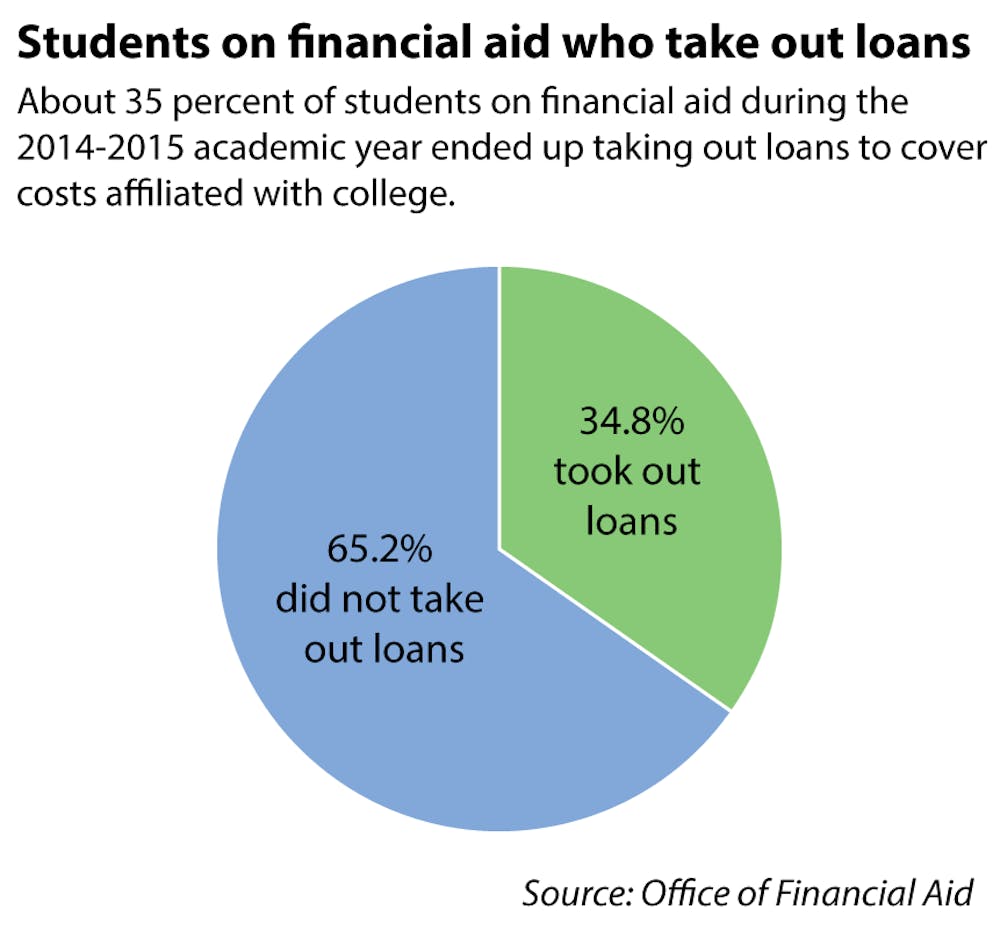Beginning with the Class of 2019, families who earn roughly $100,000 to $200,000 per year will receive between $3,000 and $5,000 more per year in grants, said James Tilton, director of financial aid.
The increased aid is a component of the $3 billion BrownTogether fundraising campaign, which will allocate $1.1 billion in fundraising for this increased financial aid for undergraduates along with other efforts, such as endowed professorships and increased diversity in faculty, according to the campaign’s website.
The University has been doing a fine job with low-income families, but received feedback from middle-income families struggling to pay tuition, Tilton said. While low-income families typically receive an aid package with grants, middle-income students frequently take out loans to cover their parental contribution expectations — the amount of money a student’s family is expected to contribute — Tilton said.
“The middle class is in an awkward position,” said Adi Melamed ’19. Middle-income families often do not have the ability to pay the large percentage of tuition that they are expected to cover, he added.
This is a “positive move” for the University, but “the overall financial aid program is lacking,” said a student who chose to remain anonymous so as not to publicly reveal her financial status. As a low-income student, she applauded the recent announcement of expanded travel stipends and health insurance, but added that the cost of attendance is higher than that of some peer schools.
“I have to pay more here than I would have to at other schools,” she said, adding that there should be an effort to keep increasing financial aid for all students.
Around 35 percent of students were expected to take out loans for their initial financial aid package for the 2014-2015 school year, according to the financial aid office website.
The increased aid from the BrownTogether campaign will decrease parental contribution expectations, therefore reducing the amount of loans needed to cover the cost of attendance, Tilton said.
More accepted middle-income students from the Class of 2019 decided to attend the University last fall, Tilton said.
The increased aid will continue for the Class of 2020, Tilton said.
Correction: A previous version of this article stated that, beginning with the Class of 2019, families who earn roughly $100,000 to $200,000 per year will receive between $3,000 and $5,000 per year in grants. In fact, they will receive $3,000 to $5,000 more per year in grants. The Herald regrets the error.





